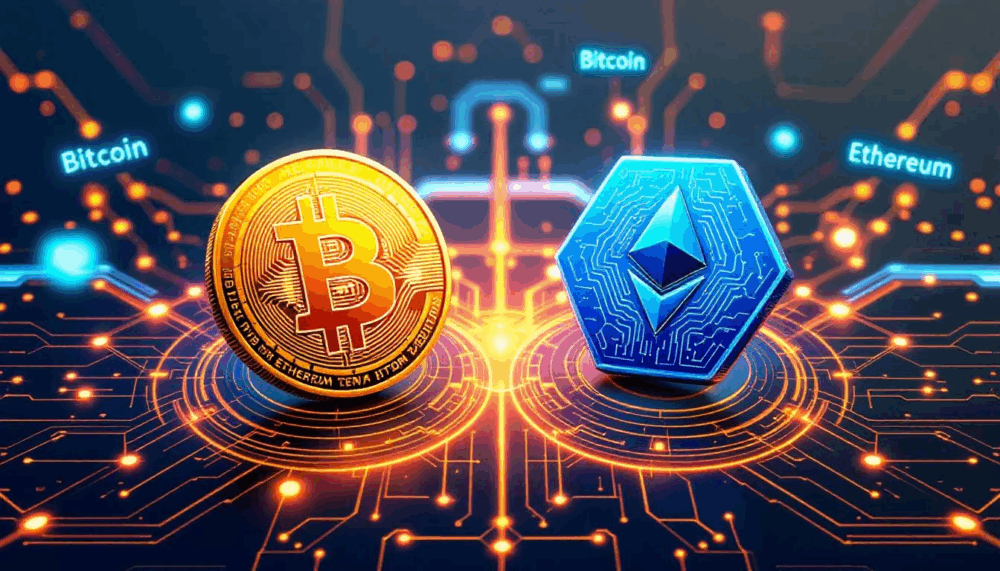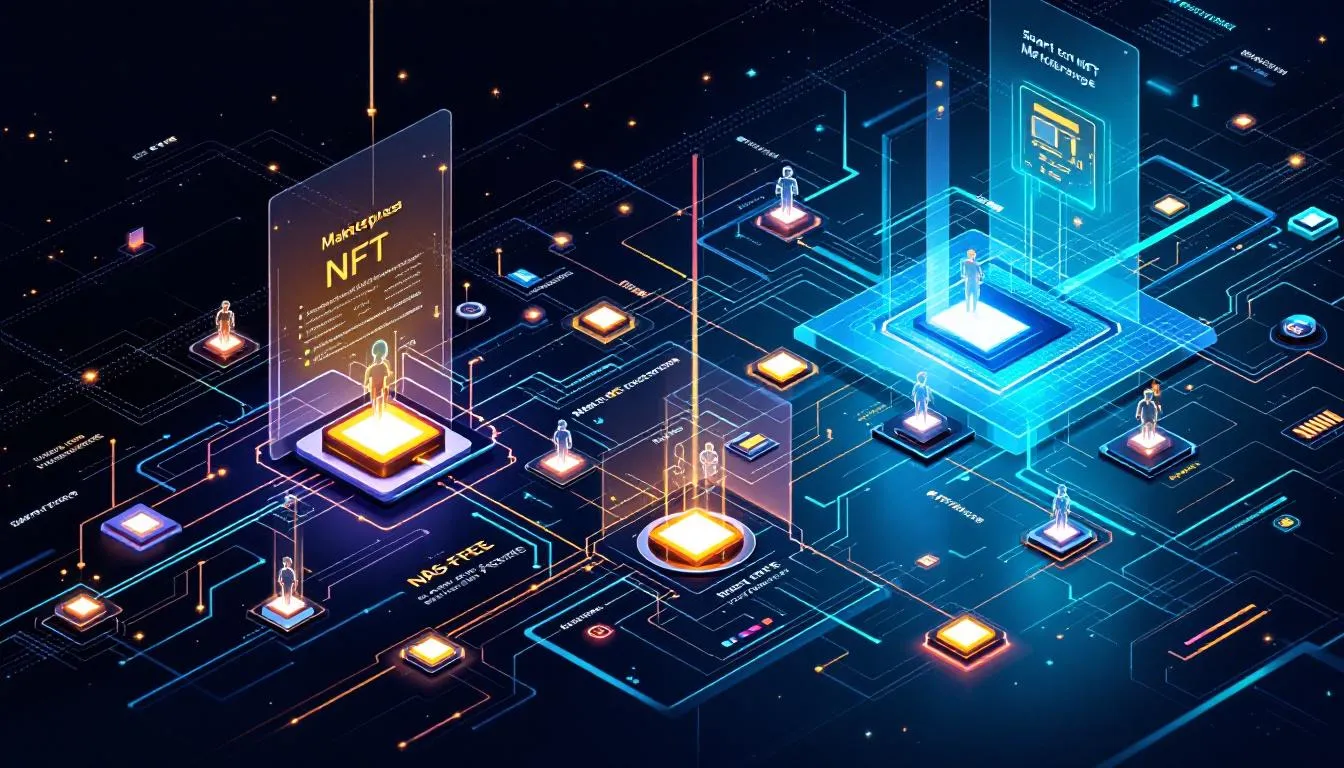Avalanche ($AVAX) exists as a cutting-edge decentralised platform, designed to revolutionise transaction processing with its enhanced speed, heightened security, and superior efficiency. It stands as a formidable rival to Ethereum ($ETH) and is distinguished by its commitment to scalability and swift transaction handling. Launched in 2020 by Ava Labs, Avalanche is an open-source project that invites global collaboration, allowing anyone to inspect and contribute to its code.
At the core of this ecosystem is $AVAX, its native token. This token is multifunctional: it facilitates transaction processing, underpins the security of the Avalanche network, and serves as a fundamental unit of account across its various blockchains. Moreover, $AVAX staking plays a pivotal role in network security, offering participants the dual benefit of contributing to network integrity and earning tokens in return.
Genesis
The story of Avalanche begins with an enigmatic group known as Team Rocket, who in May 2018, laid the groundwork for the Avalanche protocol. Emin Gün Sirer, a renowned professor of computer science at Cornell University and a prominent figure in the Initiative for Cryptocurrencies and Contracts (IC3), spearheaded in bringing Avalanche to life through AVA Labs. Sirer already had a background in the field as he had created Karma, a pioneering virtual currency in 2003, predating Bitcoin. Avalanche’s journey is marked by significant financial milestones, including a $42 million ICO in July 2020 and a massive $230 million token sale in July 2021. It attracted heavyweight investors like Polychain and Three Arrows Capital.
Operational mechanics
Avalanche distinguishes itself through three core components: its unique consensus mechanism, the integration of subnetworks, and the utilisation of multiple built-in blockchains.
Consensus
At the heart of any blockchain network is its consensus mechanism, which ensures transaction validation and network security. Avalanche introduces an innovative approach, building upon the Proof-of-Stake (PoS) model. Here, transactions are propagated through a process where validators communicate with a random set of peers, rapidly reaching consensus. This method, reminiscent of a snowball effect, ensures both speed and reliability in transaction validation.
Subnetworks
Avalanche allows the creation of specialised chains, each with its own rules, similar to Polkadot’s parachains or Ethereum 2.0’s shards. These chains are governed by subnetworks or subnets, groups of nodes that validate specific blockchains while also supporting Avalanche’s Primary Network. The subnets are essentially smaller networks within the larger Avalanche network, each capable of having its own set of rules and validators. This structure allows for a high degree of customisation and optimisation, catering to specific needs or applications.
Triple-chain architecture
Addressing the blockchain trilemma, Avalanche is structured around three distinct blockchains, each serving a unique purpose:
- Exchange Chain (X-Chain): This is where assets are created and exchanged, including the AVAX token.
- Contract Chain (C-Chain): Leveraging the Ethereum Virtual Machine (EVM), this chain facilitates smart contract creation and execution, ensuring cross-chain interoperability.
- Platform Chain (P-Chain): It coordinates validators and manages the creation and operation of subnets.
What sets Avalanche apart?
Avalanche’s uniqueness lies in several features:
- Coin Creation Rate: The total supply of $AVAX is capped at 720 million, but its minting rate is governed by $AVAX holders, who vote on the rate of new coin creation.
- Dynamic Transaction Fees: Fees vary based on transaction type and network congestion, with all fees being burned, thus reducing the total supply over time. $AVAX holders have a say in setting these fees.
- Consensus Mechanism: Avalanche employs a distinctive method for transaction confirmation, involving multiple small, random network participant confirmations.
- Incentives for Participation: Participants are rewarded based on uptime and response efficiency, encouraging active and reliable involvement in the network.
Avalanche vs. Ethereum
While Ethereum recently shifted to a PoS model for a more energy-efficient and higher transaction throughput, Avalanche had introduced this novel consensus mechanism from its inception. Ethereum had always struggled with congestion issues, leading to high gas fees during peak usage times. Avalanche, on the other hand, addresses scalability through its unique multi-chain architecture.
As explained before, Avalanche’s three interoperable blockchains, each designed for specific tasks, helps distribute the load and reduces network congestion. This design allows Avalanche to process a higher number of transactions per second (TPS) compared to Ethereum’s current state, making it a more scalable solution in its present form.
Avalanche also offers compatibility with the EVM , allowing developers to port their Ethereum dApps easily to the Avalanche network. This compatibility is crucial as it lowers the barrier to entry for Ethereum developers looking to leverage Avalanche’s higher throughput and lower fees.
Nevertheless, Ethereum still leads in terms of the sheer number and diversity of dApps and developer engagement. Avalanche’s native token, $AVAX, is similar to Ethereum’s $ETH. However, the former introduces a unique dynamic to staking, where validators can earn rewards based on their uptime and commitment to the network, potentially offering a more attractive staking model for participants.








